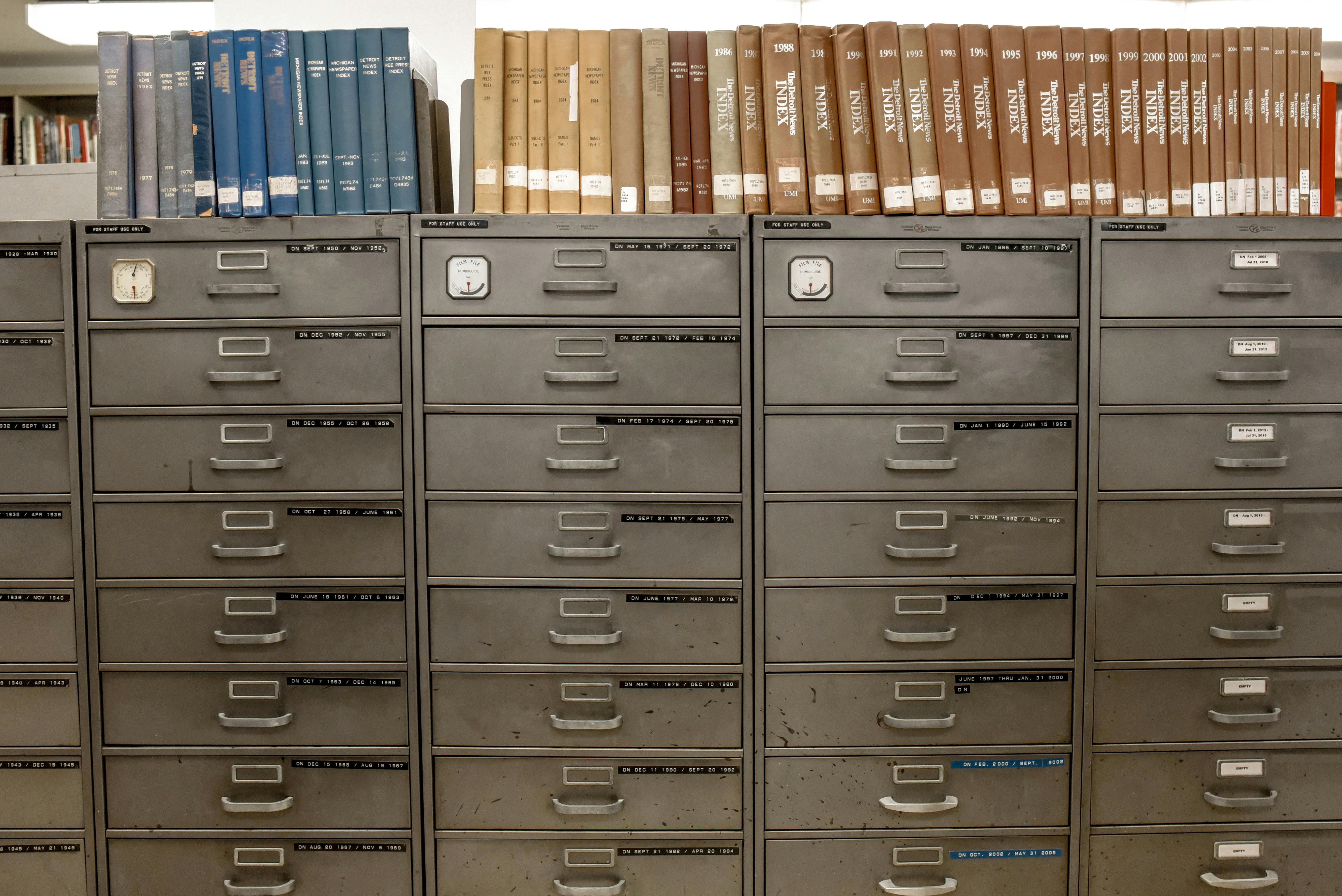Arranging Tools by Task to Improve Cooking Flow
Organizing kitchen tools by the tasks they support shifts your workspace from cluttered to purposeful. Grouping utensils and cookware according to prep, cooking, plating, and cleanup reduces movement, shortens meal times, and makes routines more predictable. This short overview outlines practical strategies for layout, storage, and accessibility that fit a variety of kitchens and cooking styles.

Arranging tools around tasks transforms a kitchen into a system where each movement has a purpose. Rather than storing items by type or aesthetic, placing utensils, cookware, and supplies where they’re used most streamlines prep, sustains efficient workflow, and shortens cleanup time. This article explains how to design zones, optimize shelving and drawers, and consider ergonomics and accessibility so every ingredient and tool is at the right reach when it’s needed.
How does layout affect workflow?
Kitchen layout sets the foundation for a task-based workflow. When the work triangle or linear layout aligns with functional zones—prep, cooking, plating, and cleanup—every step flows into the next. Position heavy cookware near the cooktop and frequently used utensils within arm’s reach on a rail or in a countertop caddy. Think about workflow paths: moving ingredients from storage to prep, then to cooking, and finally to plating and cleanup should require minimal backtracking. A clear layout reduces interruptions, keeps counters clear for effective prep, and improves overall efficiency during busy meal periods.
How to zone for prep and cleanup?
Create distinct prep and cleanup zones to avoid cross-traffic and to keep tools nearby. The prep zone benefits from easy access to knives, cutting boards, mixing bowls, measuring tools, and a prep-focused set of utensils. Store these in drawers or on open shelving near the main countertop. The cleanup zone should surround the sink and dishwasher; store pots, pans, scrubbers, and dish towels in lower cabinets or pull-out drawers for fast transfer from sink to storage. Designing zones with task-based storage decreases transfer steps and speeds up both cooking and cleanup.
Which utensils and cookware belong in each zone?
Assign utensils and cookware based on how you cook to reduce decision fatigue. In the prep zone keep knives, peelers, tongs, spatulas, and measuring spoons. Near the cooktop place frying pans, saucepans, lids, and heatproof utensils. Reserve plating items—small tongs, plating spoons, and garnishing tools—near the serving area to finish dishes efficiently. Consider frequency: everyday cookware should be in the most accessible drawers or hanging racks, while specialty items can live higher on shelves. This targeted placement ensures the right tool is always where the task occurs.
How to use shelving and drawers for storage?
Shelving and drawers should reflect task-driven priorities. Deep drawers are ideal for storing stacked cookware and heavy pots, keeping them accessible without bending into low cabinets. Shallow drawers work well for utensils, measuring gear, and prep tools with drawer organizers to separate items and avoid jumbled piles. Open shelving fits frequently used plates and bowls for quick plating, while closed cabinets can hold less-used equipment. Use adjustable shelving to accommodate different heights and pull-out inserts to improve accessibility for items at the back of cabinets.
How ergonomics and accessibility boost efficiency and plating?
Ergonomics keeps tasks comfortable and sustainable, reducing strain and speed loss. Store everyday utensils and cookware between waist and eye level to minimize bending and reaching. Use vertical storage for cutting boards and lids to make selection easier. Accessibility also matters for plating: keep serving platters and garnishes near the plating station so final touches happen without wasted steps. For cooks with mobility considerations, lower shelving with pull-out systems and lever-style handles can make the workspace more inclusive and maintain high efficiency.
Conclusion
Arranging tools by task refocuses kitchen organization around how you actually cook rather than around item categories. By defining zones for prep, cooking, plating, and cleanup, and by choosing appropriate shelving and drawer solutions, you can reduce unnecessary movement and create a smoother workflow. Thoughtful placement, attention to ergonomics, and prioritizing accessibility result in a kitchen that supports consistent, efficient meal preparation and cleaner finishes on every plate.





